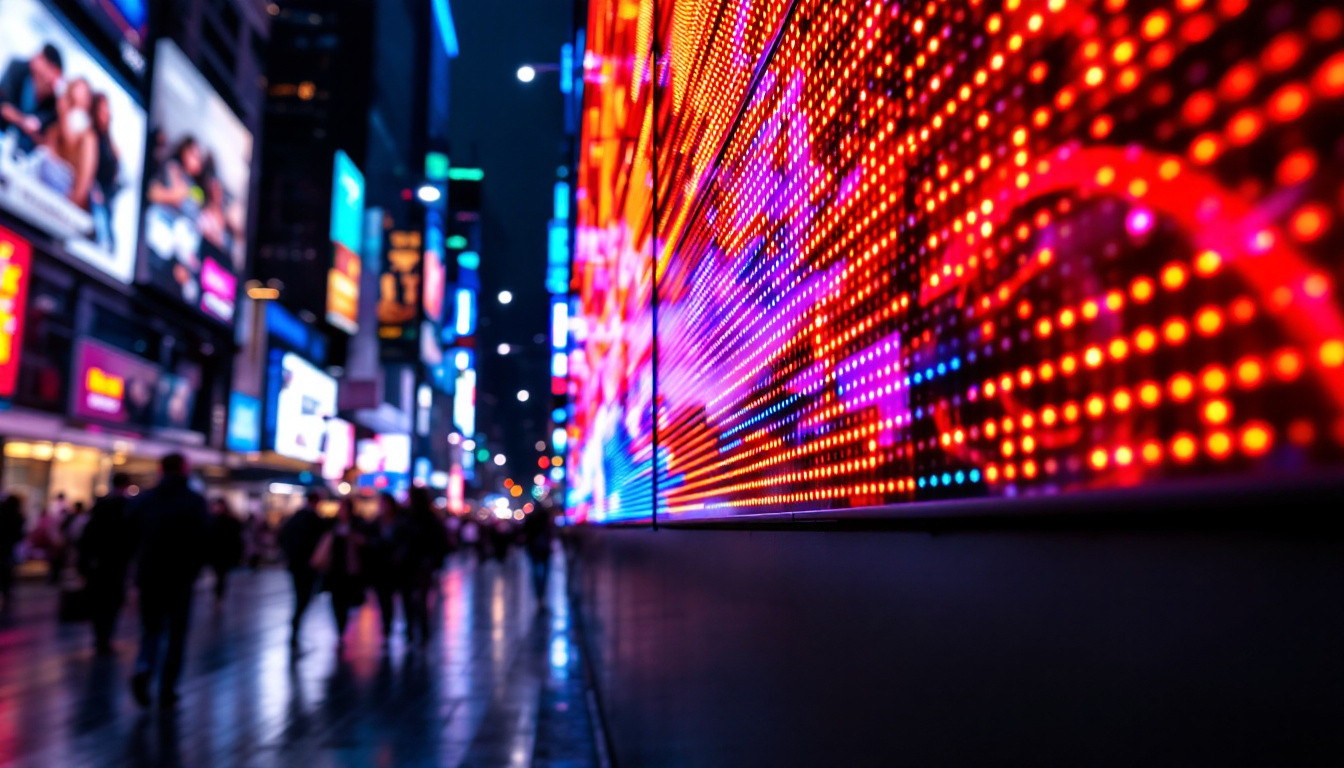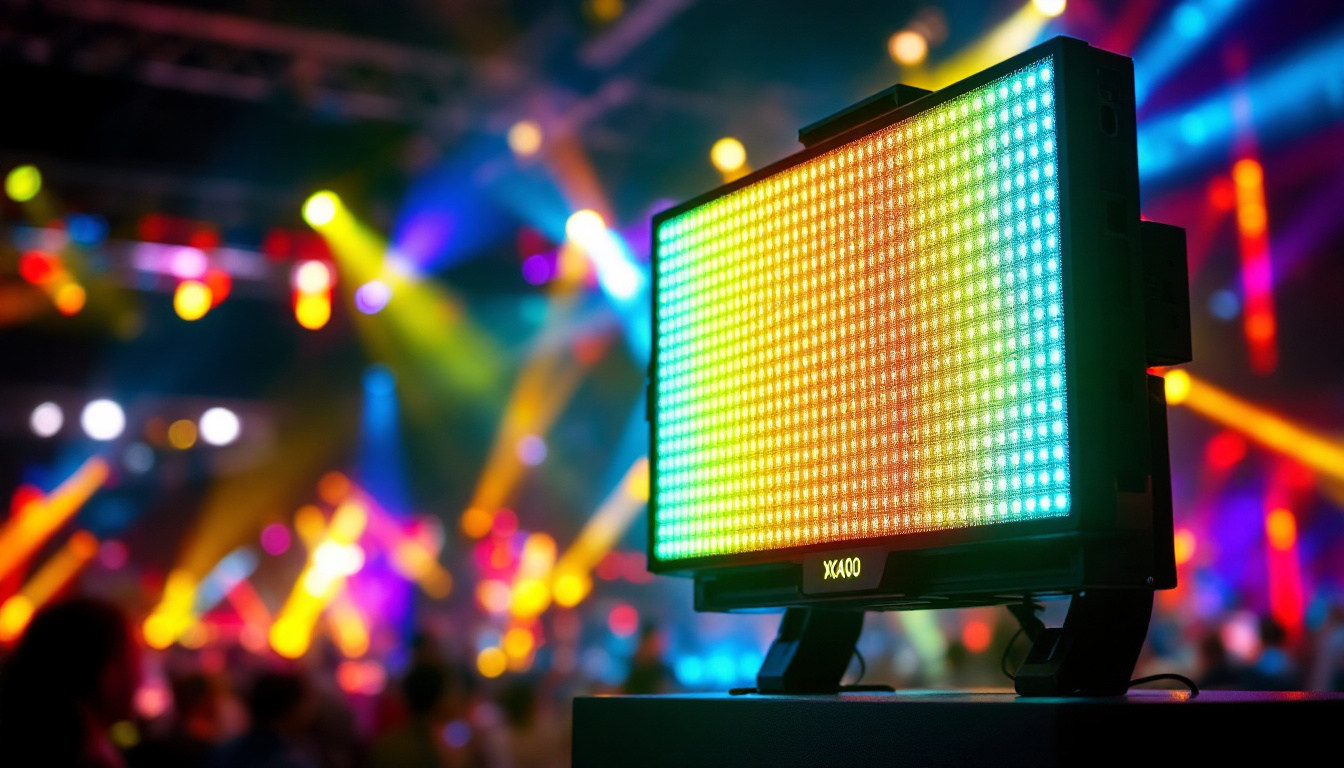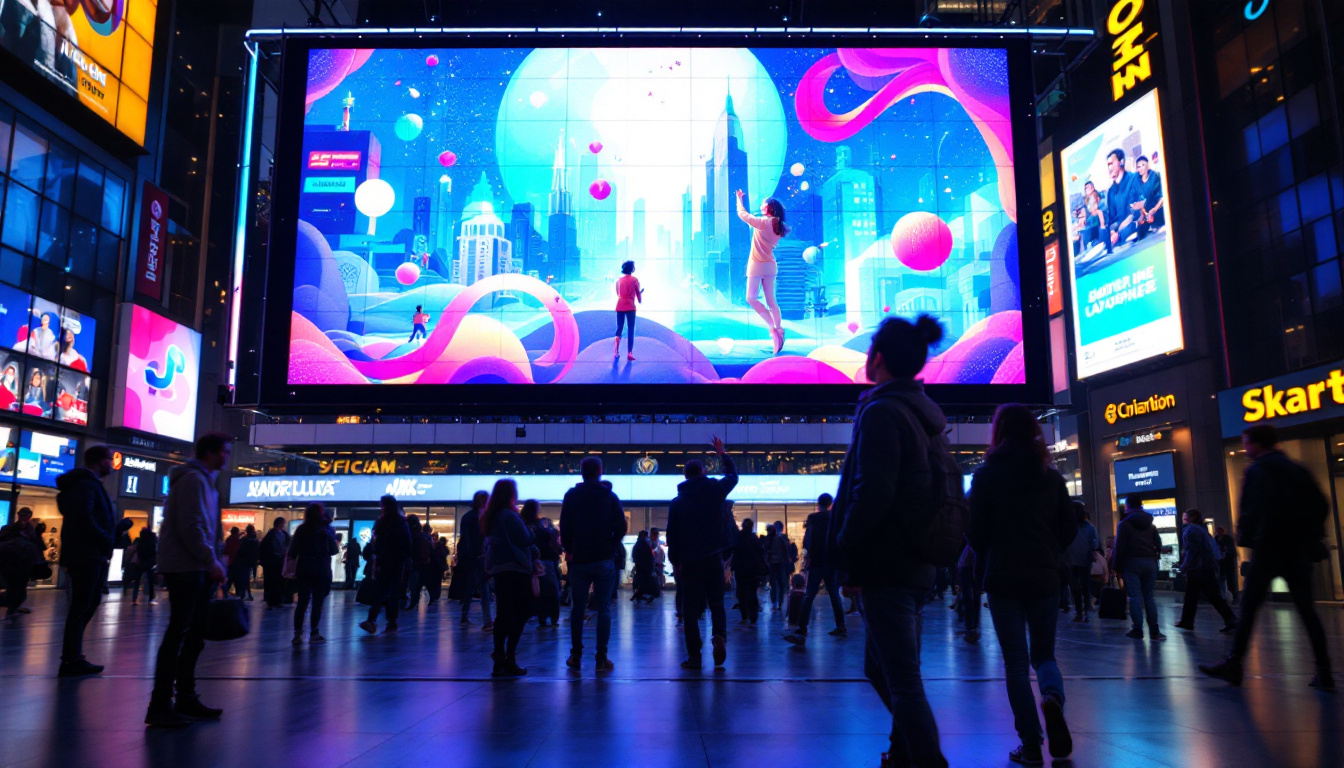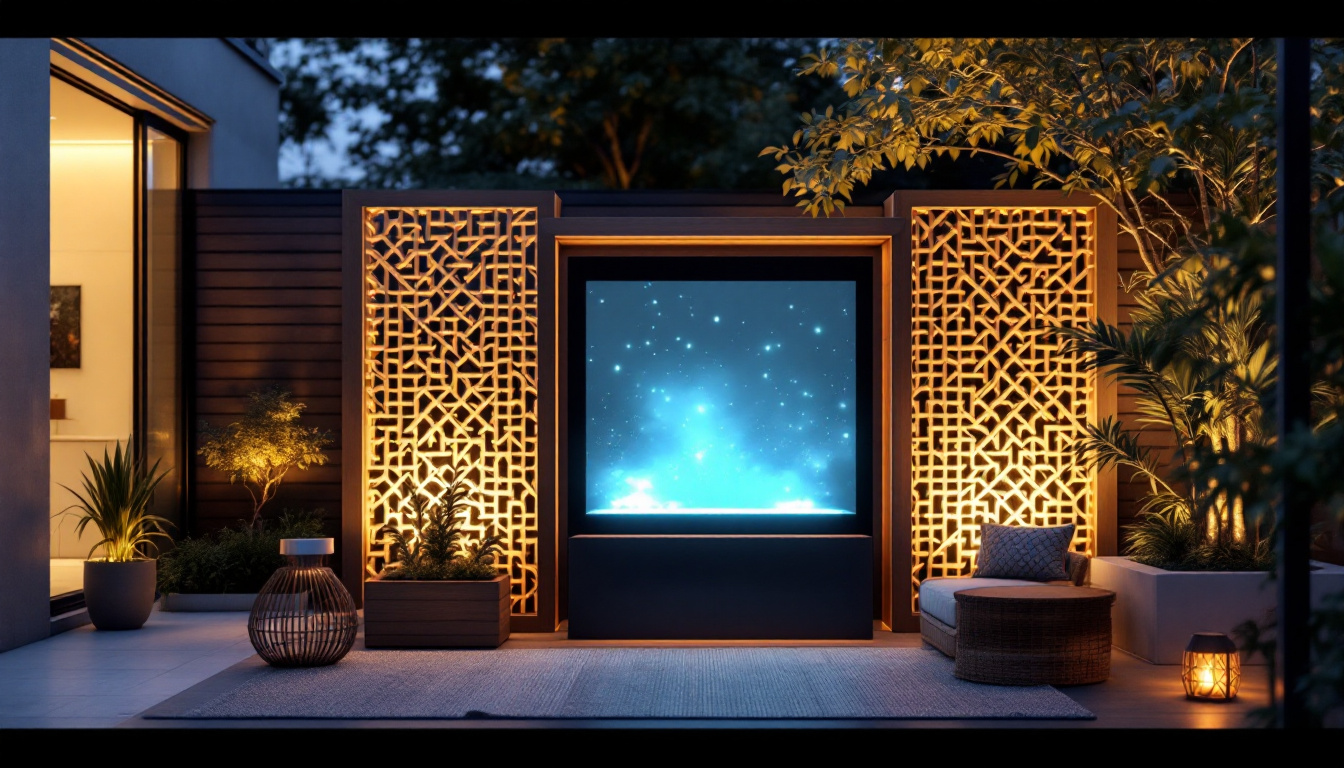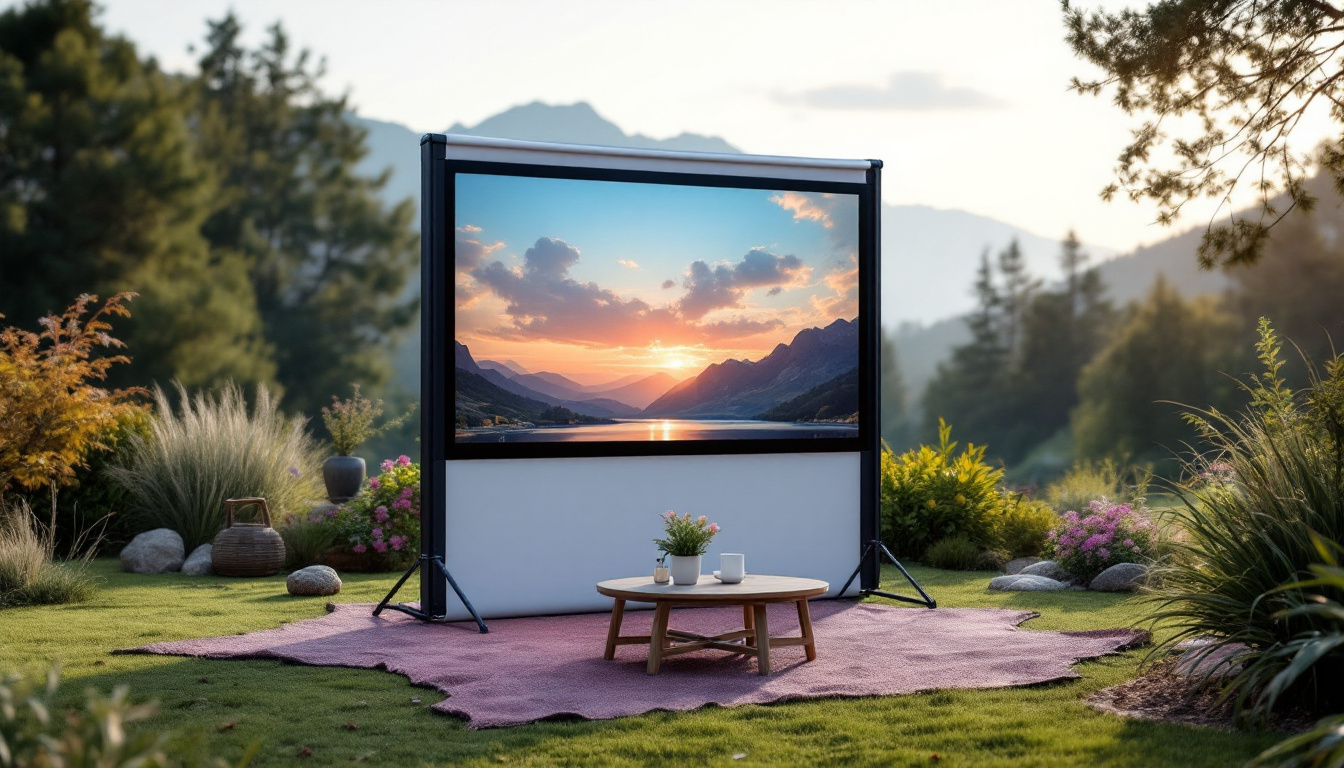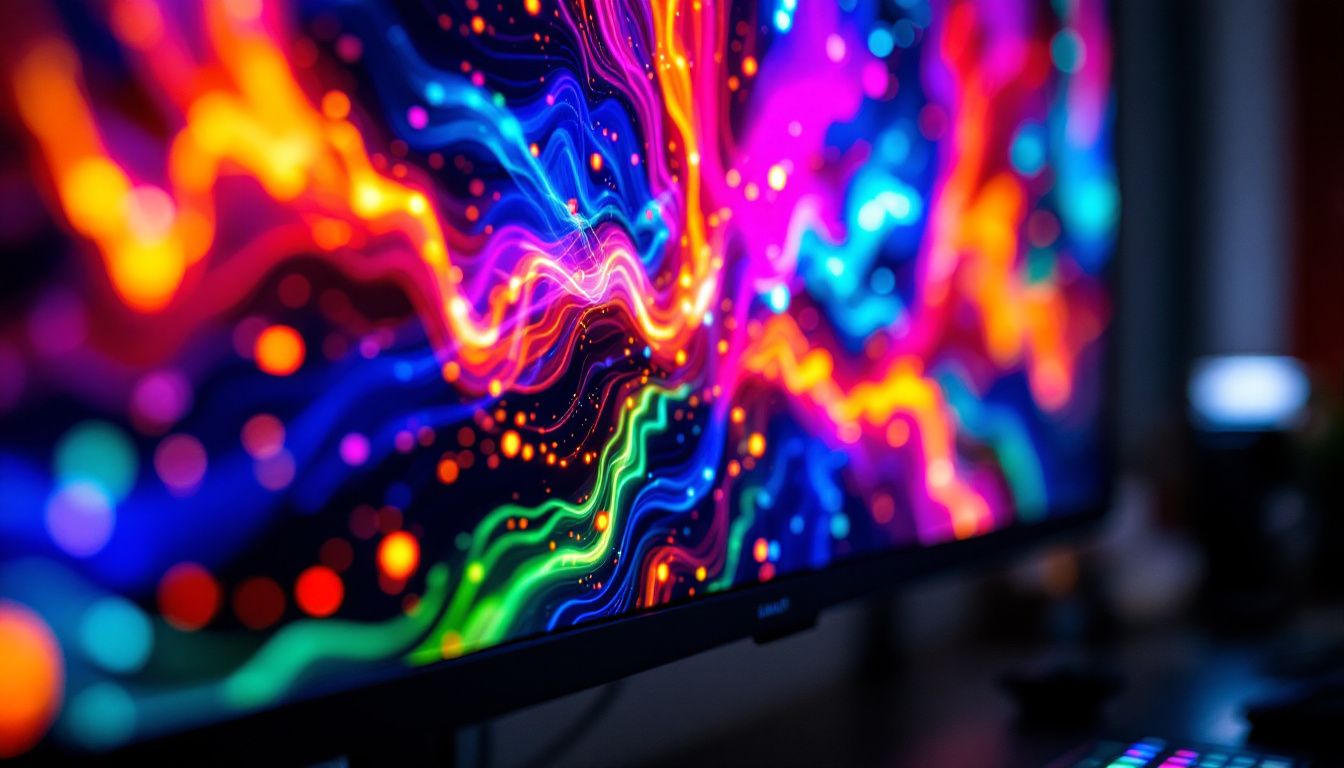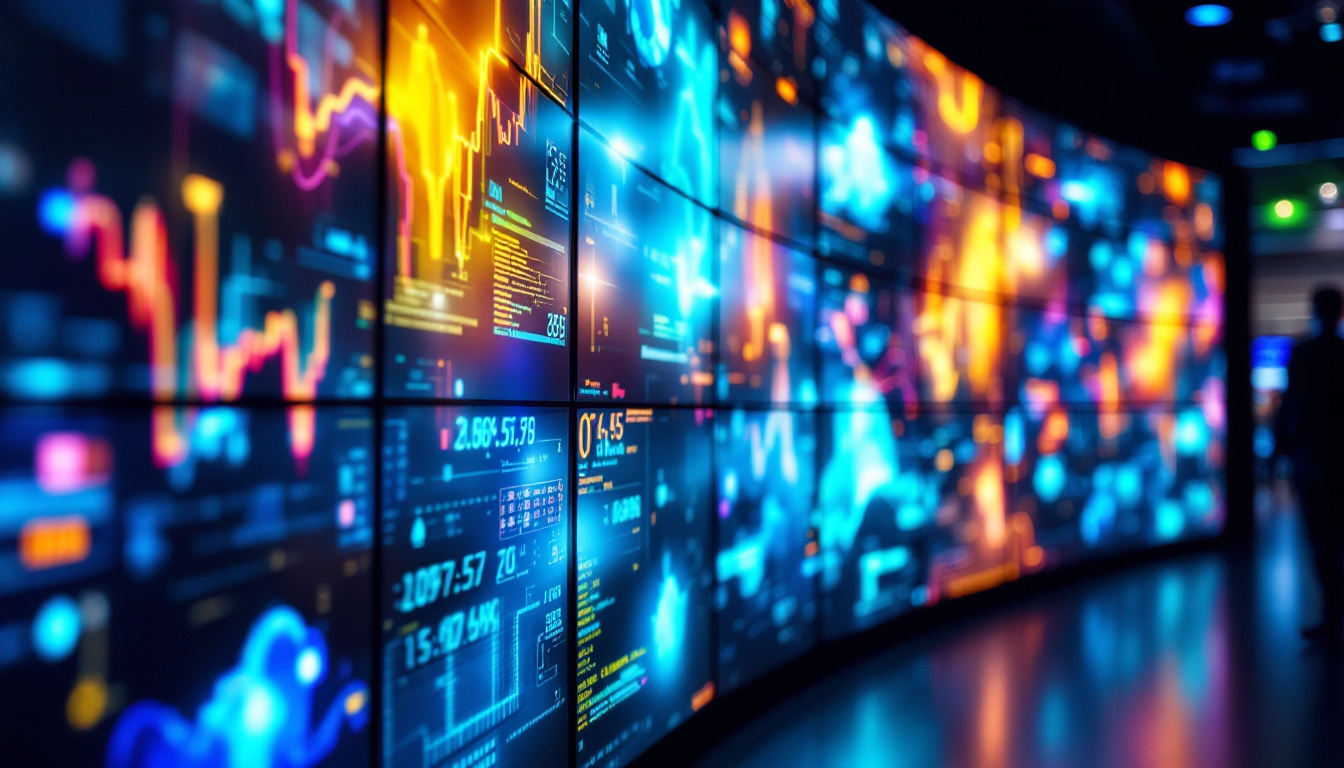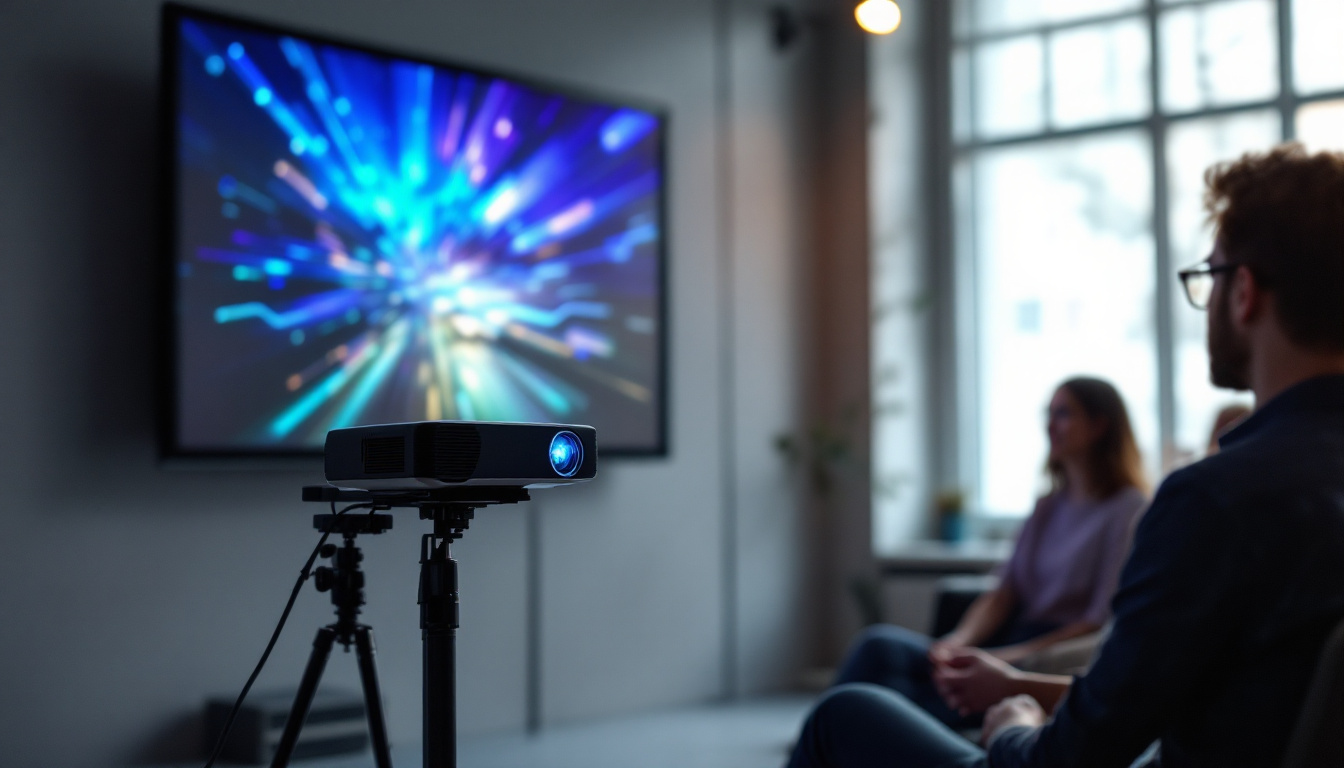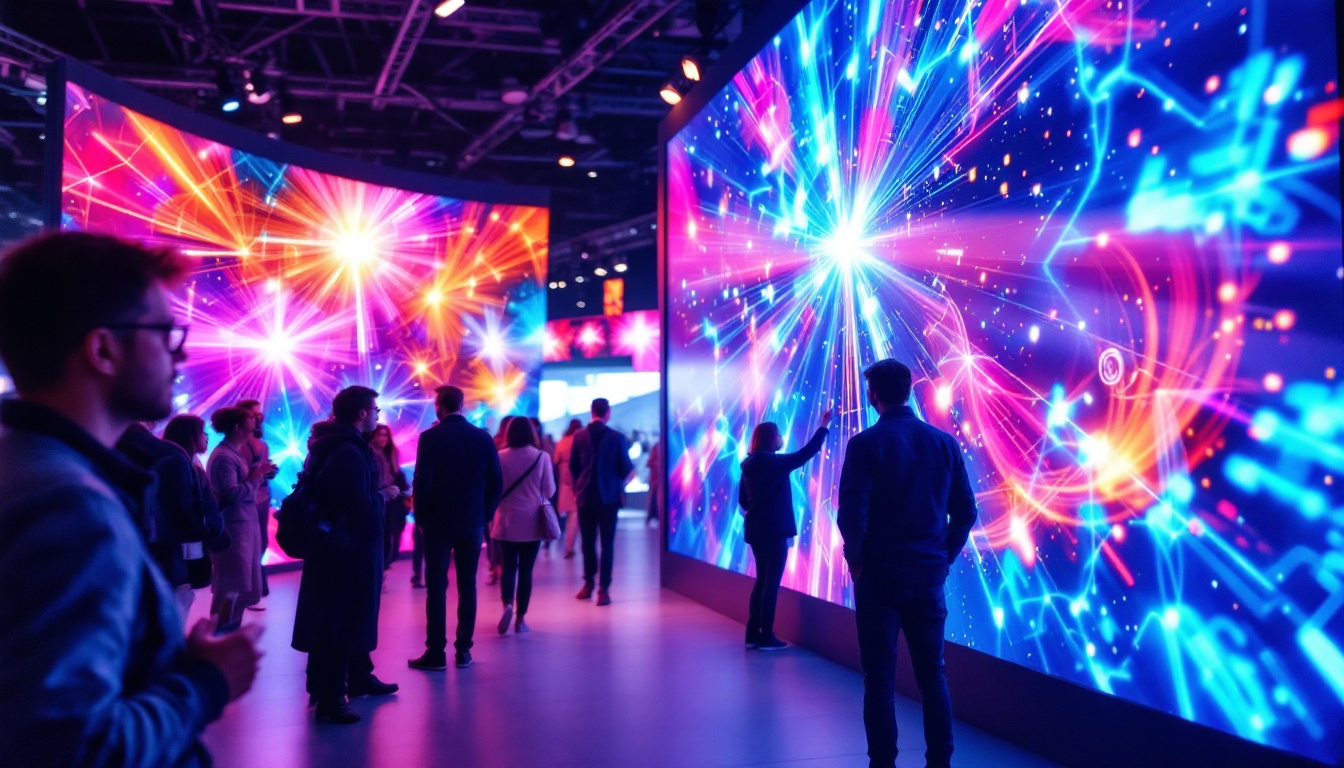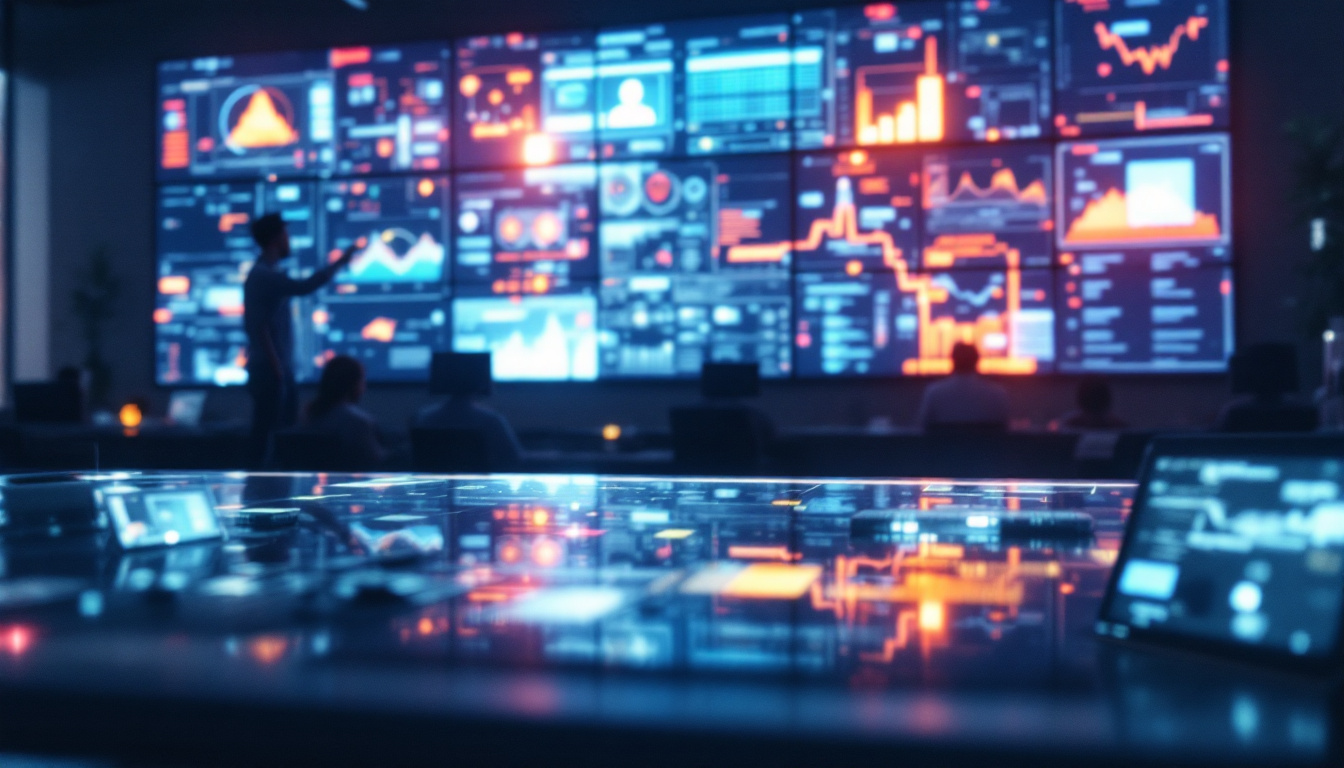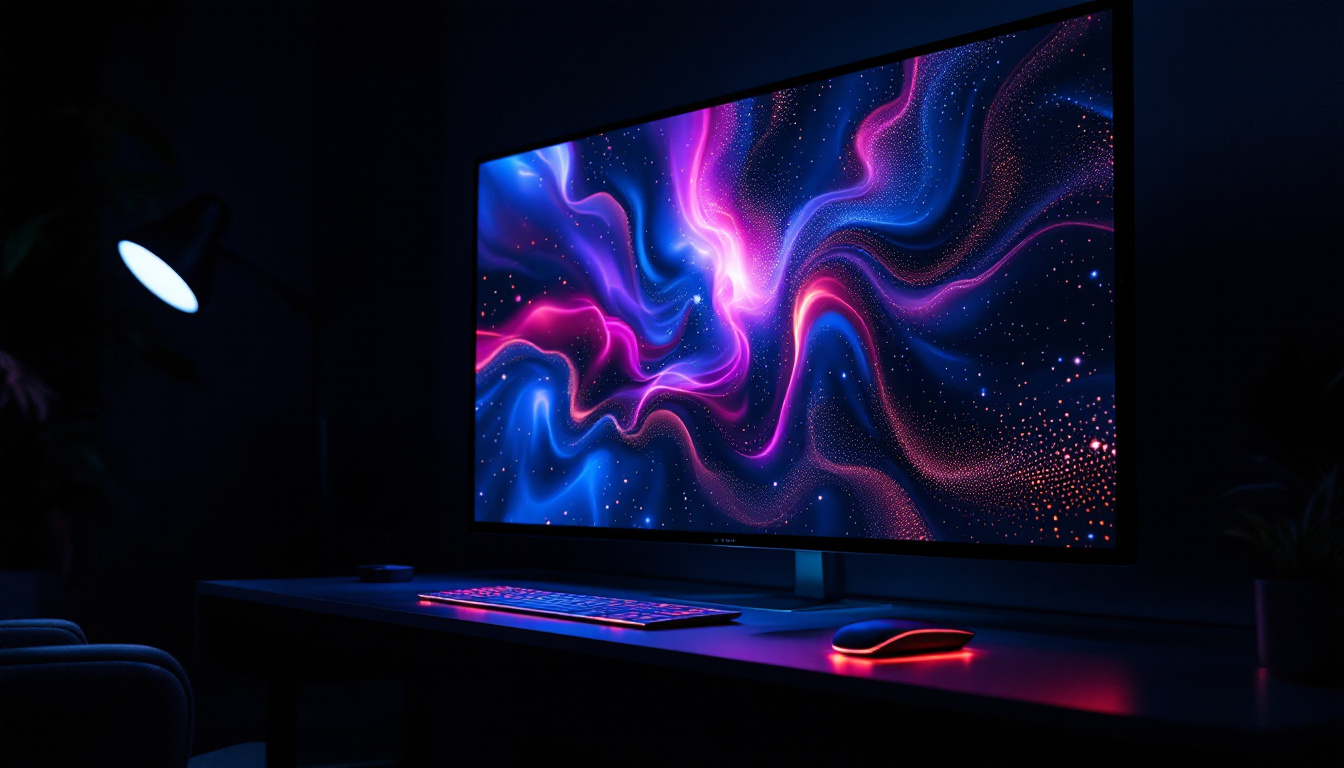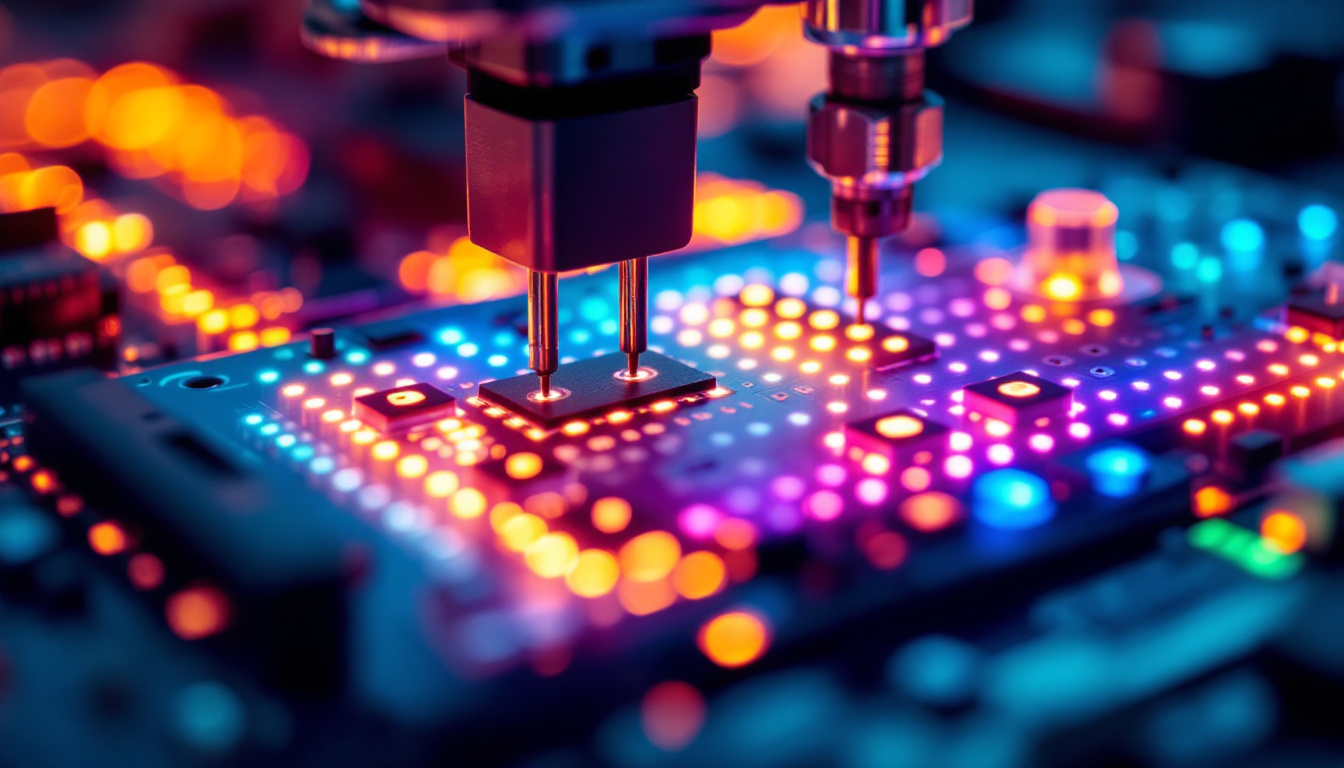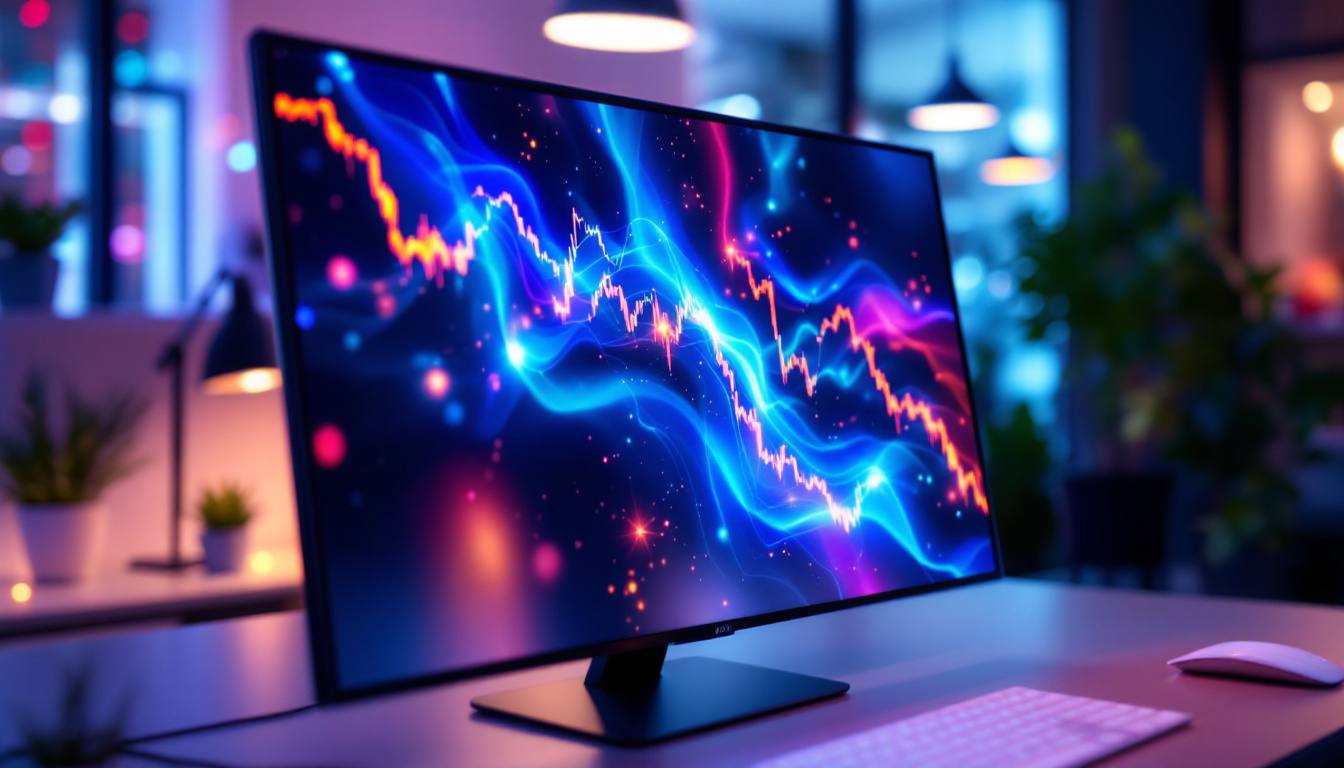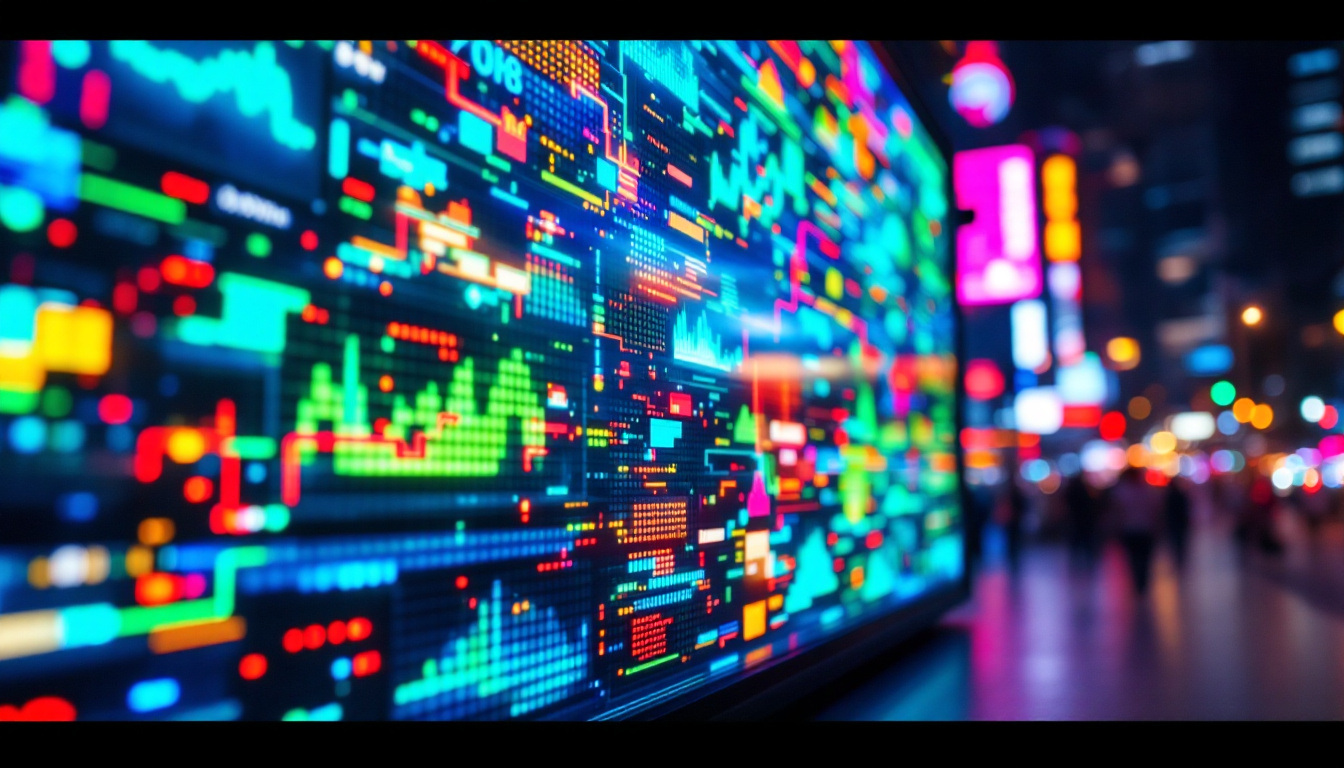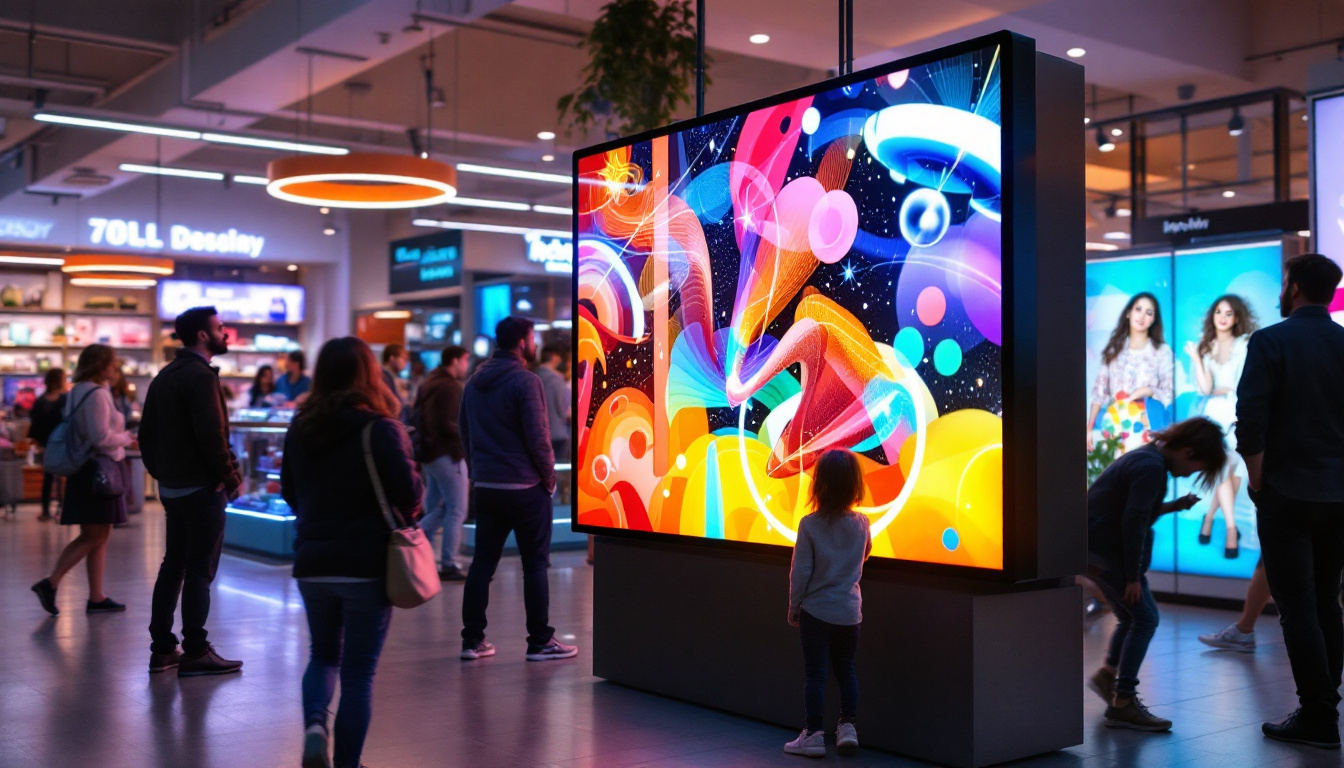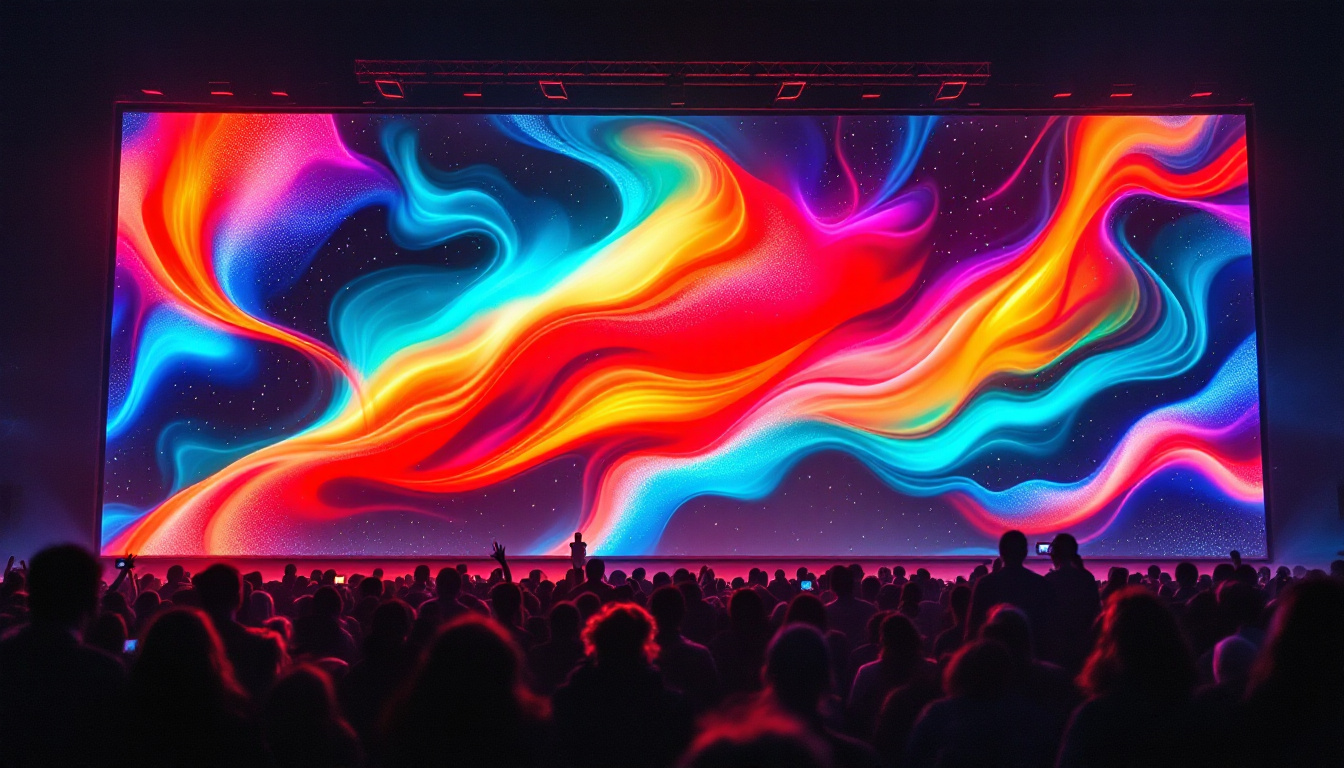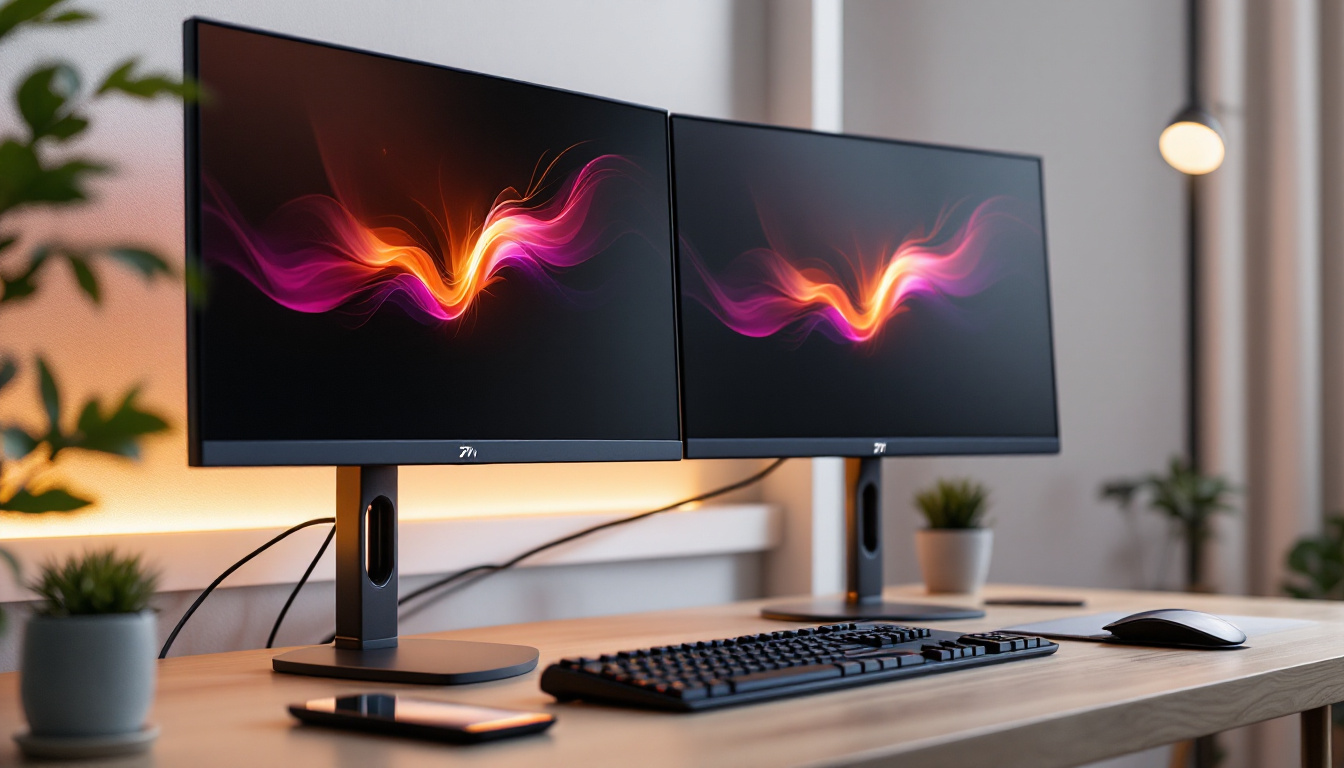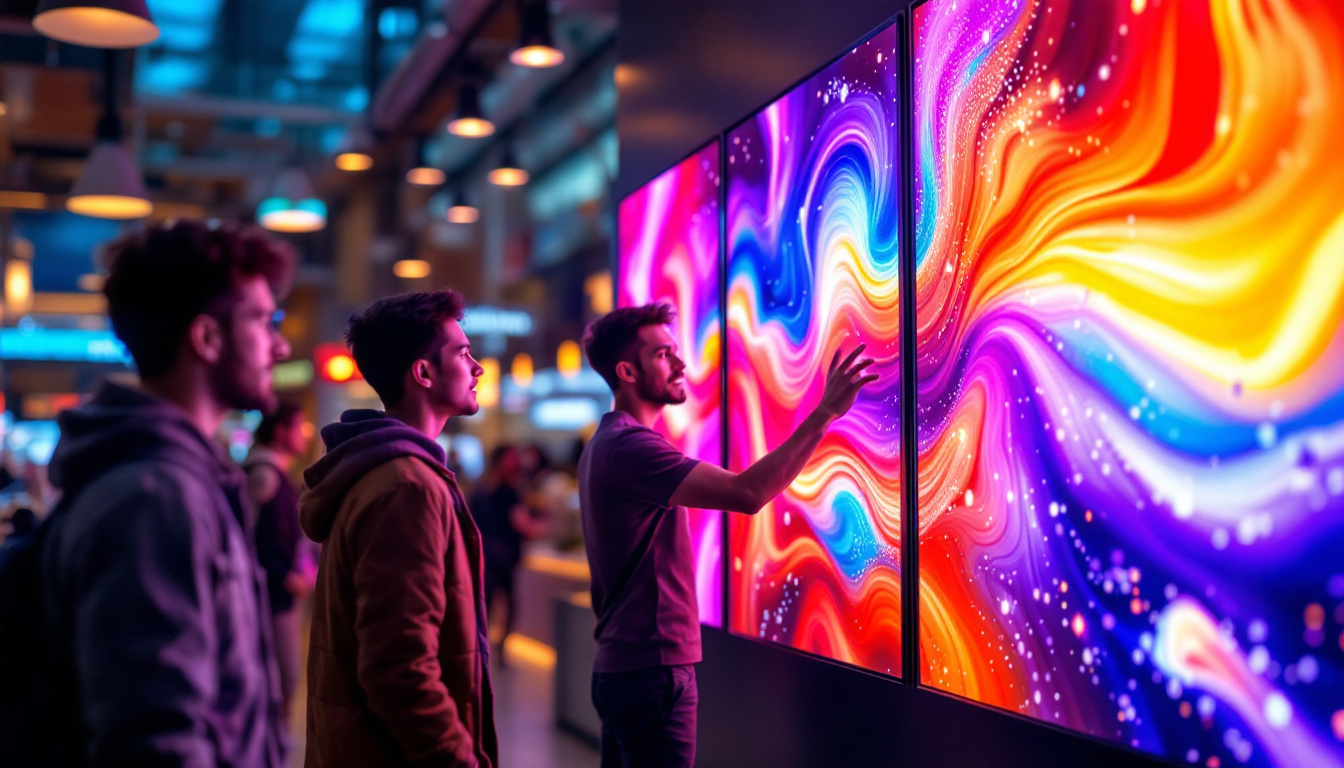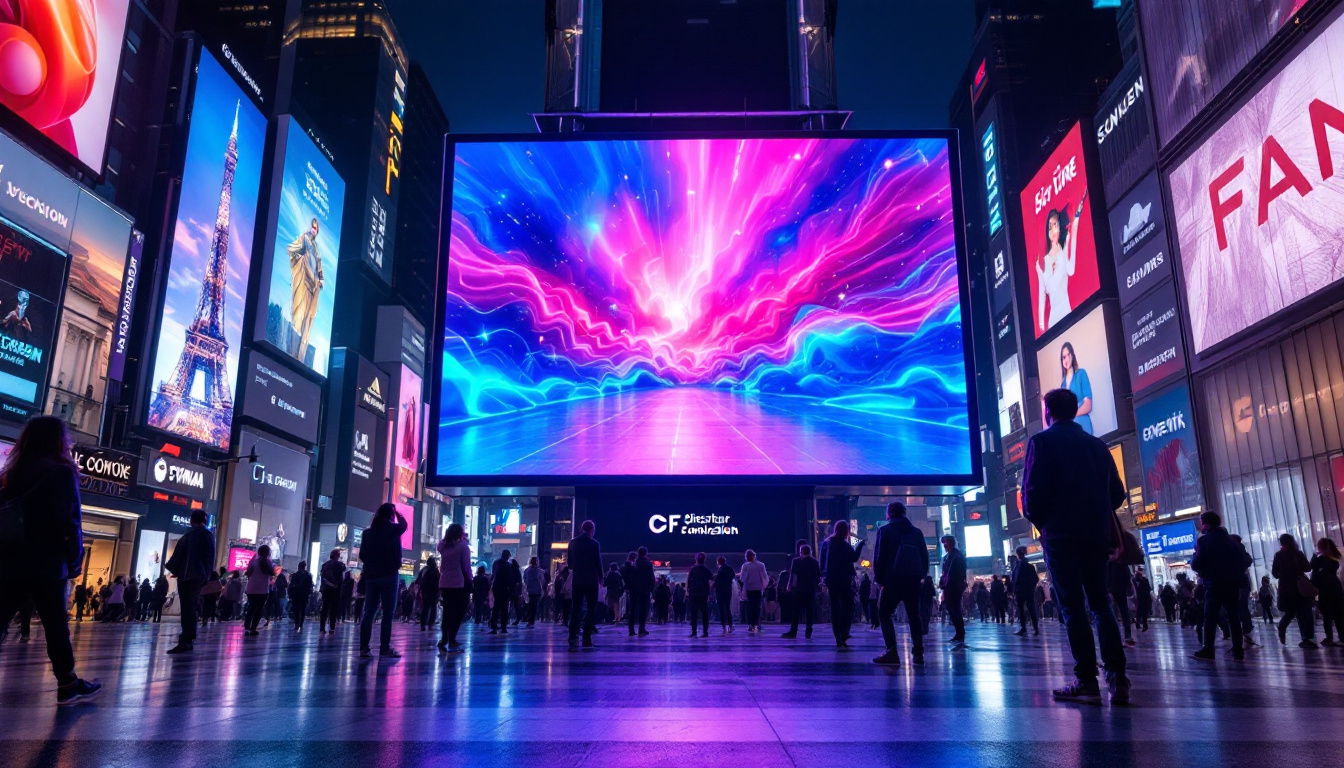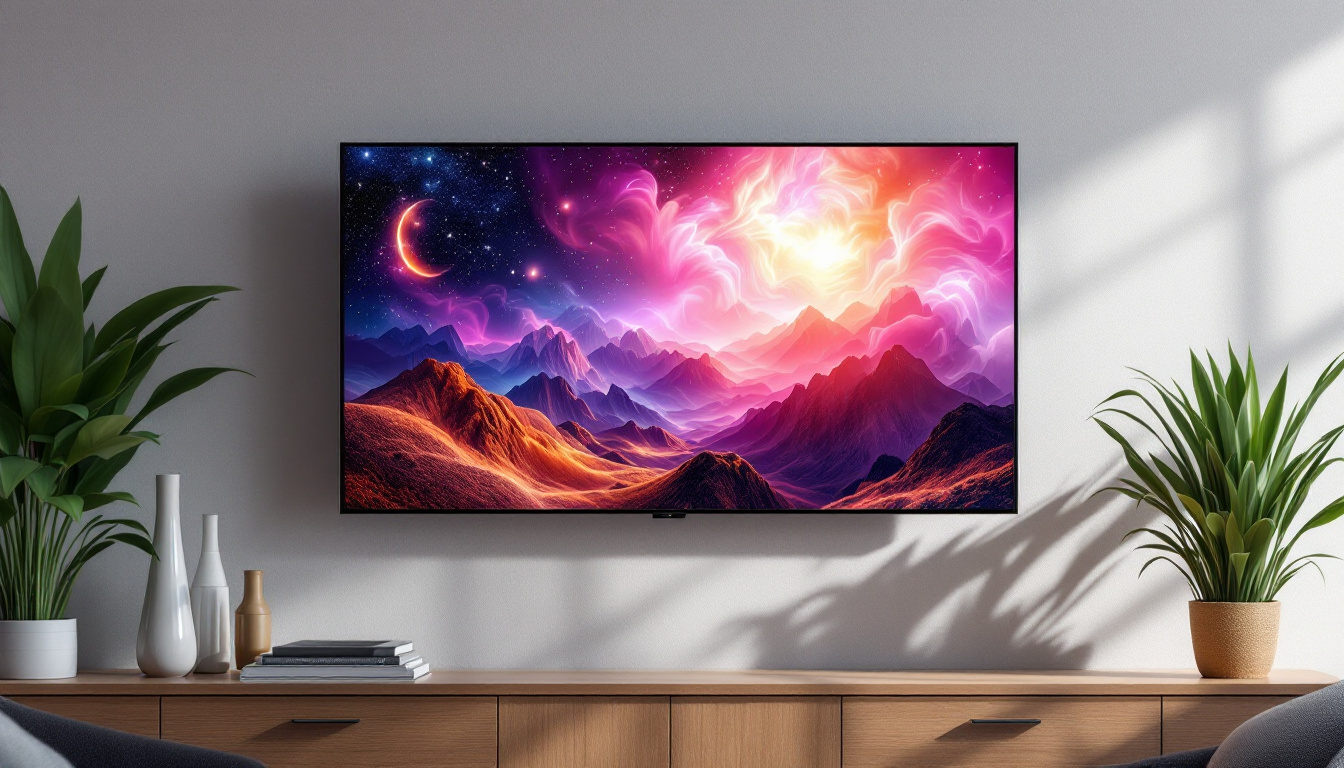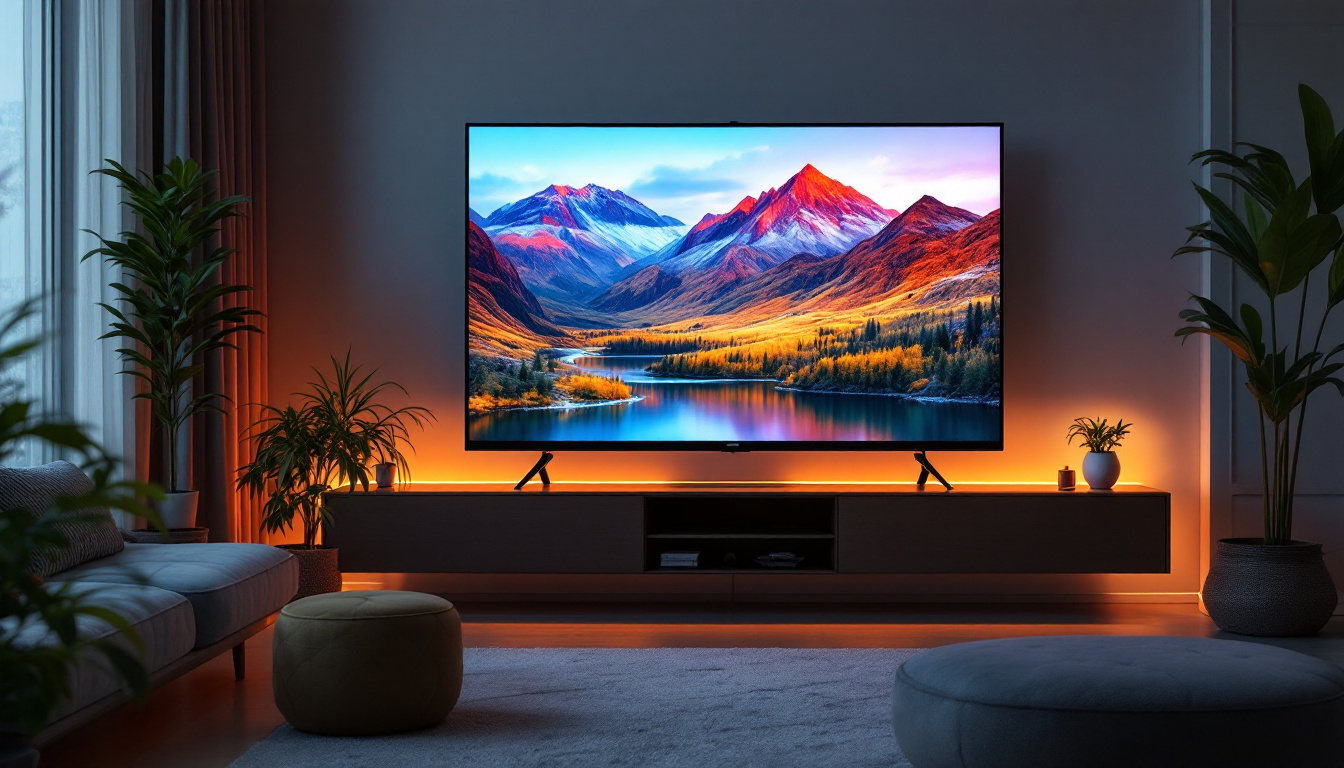In an increasingly digital world, the ability to change screen images on LED displays has become an essential skill for both personal and professional use. Whether it’s for a presentation, an event, or simply to refresh your home decor, understanding how to modify these images can enhance your visual experience. This article delves into the intricacies of LED displays, exploring various methods to change screen images effectively.
Understanding LED Displays
LED displays, or Light Emitting Diode displays, are a popular choice for both commercial and personal use due to their vibrant colors and energy efficiency. These displays work by illuminating individual pixels with light, creating a full image that is both bright and clear. Understanding the technology behind LED displays is crucial for effectively changing images.
Types of LED Displays
There are several types of LED displays, each suited for different applications. The most common types include:
- Direct View LED Displays: These are large screens typically used in outdoor advertising and events. They consist of multiple LED modules that create a cohesive image.
- LED Backlit Displays: Common in televisions and monitors, these displays use LEDs to illuminate an LCD panel, providing better contrast and color accuracy.
- MicroLED Displays: A newer technology, MicroLED displays provide even better image quality and energy efficiency by using microscopic LEDs for each pixel.
Each type of LED display has its own method for changing images, which will be discussed in detail later in this article. Additionally, the choice of LED display can greatly influence the viewer’s experience. For instance, Direct View LED displays are often favored for their ability to be seen clearly in bright daylight, making them ideal for outdoor billboards and sports arenas. In contrast, LED Backlit Displays are preferred in indoor settings where ambient light can be controlled, allowing for a more immersive viewing experience.
How LED Displays Work
LED displays operate on a simple principle: each pixel consists of red, green, and blue (RGB) subpixels that combine to create a full spectrum of colors. When an electrical current passes through these subpixels, they emit light, forming images. The resolution and clarity of the image depend on the density of these pixels, with higher pixel density resulting in sharper images.
Understanding this fundamental operation is essential when considering how to change the screen image effectively. The method chosen will depend on the type of display and its intended use. For instance, in a Direct View LED display, images can be updated in real-time, allowing for dynamic content that can attract attention in bustling environments. Conversely, LED Backlit Displays may require specific software to manage image transitions smoothly, especially when displaying high-definition video content. This versatility in operation makes LED displays a favorite among advertisers and content creators alike, as they can adapt to a wide range of visual storytelling needs.
Methods to Change Images on LED Displays
Changing the image on an LED display can vary significantly depending on the type of display and the technology used. Here are some common methods:
Using Built-in Software
Many LED displays come equipped with built-in software that allows users to change images easily. This method is straightforward and typically involves the following steps:
- Access the display’s menu using the remote control or physical buttons.
- Navigate to the settings or image section.
- Select the option to change the image, which may allow you to upload images from a USB drive or select from pre-installed options.
This method is ideal for users who prefer a quick and simple way to update their display without needing additional software or hardware. Additionally, built-in software often includes features such as image cropping, resizing, and basic editing tools, which can enhance the visual appeal of the images being displayed. Users can also take advantage of customizable templates that help in maintaining a professional look, especially for presentations or promotional materials.
Using External Devices
For more advanced users or specific applications, external devices such as computers, media players, or digital signage systems can be used to change images on LED displays. This method often involves:
- Connecting the external device to the LED display via HDMI, VGA, or other compatible ports.
- Using software on the external device to manage and change images. This could be anything from a simple photo viewer to complex digital signage software.
Using external devices allows for greater flexibility and control over the content displayed, making it suitable for dynamic environments like retail spaces or events. Moreover, these devices can support a wide range of media formats, including videos, animations, and interactive content, which can significantly enhance audience engagement. For instance, a retail store could showcase a promotional video alongside still images, creating a more immersive shopping experience.
Remote Management Systems
In commercial settings, remote management systems are often employed to change images on LED displays. These systems allow users to control multiple displays from a centralized location. Key features include:
- Scheduling content to change at specific times.
- Updating images across multiple displays simultaneously.
- Monitoring display performance and ensuring optimal operation.
This method is particularly beneficial for businesses that need to maintain a consistent brand image across various locations or need to update content frequently. Additionally, remote management systems often include analytics tools that provide insights into viewer engagement and display performance, allowing businesses to refine their content strategy based on real-time data. This capability not only maximizes the effectiveness of advertising campaigns but also helps in making informed decisions about future content, ensuring that the displays remain relevant and impactful in a fast-paced market.
Best Practices for Changing Screen Images
To ensure that the images displayed on LED screens are effective and visually appealing, several best practices should be followed:
Image Quality
Always use high-resolution images when changing screen content. Low-quality images can appear pixelated or blurry, detracting from the overall impact. Aim for images that are at least the same resolution as the display itself to maintain clarity. Additionally, consider the file format of the images; formats like PNG or JPEG are generally preferred for their balance between quality and file size. Using vector images can also be beneficial, as they maintain sharpness regardless of scaling.
Aspect Ratio
Maintaining the correct aspect ratio is crucial to avoid distortion. Most LED displays have a specific aspect ratio, such as 16:9 or 4:3. Ensure that the images used fit these dimensions to provide a seamless viewing experience. If you must use images with different aspect ratios, consider using a background or border that complements the image, which can help maintain visual appeal without compromising the integrity of the display.
Color Calibration
Color calibration is essential for achieving accurate and vibrant colors on LED displays. Regularly calibrate the display settings to ensure that the colors of the images match the intended design. This is particularly important in professional settings where brand colors need to be consistent. Moreover, it’s advisable to take lighting conditions into account; ambient light can significantly affect how colors appear on-screen. Conducting tests in various lighting scenarios can help ensure that the displayed images remain visually striking in all environments.
Content Relevance
In addition to technical specifications, the relevance of the content displayed is paramount. Images should align with the message being conveyed and resonate with the target audience. For instance, if the screen is used for advertising, the visuals should reflect current promotions or seasonal themes. Engaging content not only captures attention but also encourages viewers to interact with the display, enhancing the overall effectiveness of the communication.
Timing and Transition Effects
Another aspect to consider is the timing and transition effects when changing images. Smooth transitions can enhance the viewing experience, making it feel more professional and polished. Consider using fade, slide, or zoom effects to draw attention to new content without abrupt changes that might distract viewers. Additionally, timing the display changes to coincide with peak viewing times can maximize audience engagement, ensuring that the right message reaches the right people at the right moment.
Common Issues When Changing Images
While changing images on LED displays is generally straightforward, users may encounter several common issues. Understanding these problems can help in troubleshooting effectively.
Connectivity Problems
One of the most frequent issues arises from connectivity problems, especially when using external devices. Ensure that all cables are securely connected and that the correct input source is selected on the display. Additionally, check for any software updates that may be required for optimal performance.
Image Not Displaying Correctly
If an image does not display as intended, it could be due to incorrect file formats or resolution mismatches. Verify that the image file is compatible with the display and that it meets the required resolution specifications. Converting images to a supported format may resolve this issue.
Software Glitches
Occasionally, software used to manage the display may experience glitches or bugs. Restarting the software or the display itself can often resolve these issues. If problems persist, consider reinstalling the software or consulting the manufacturer’s support resources.
Future Trends in LED Display Technology
The world of LED displays is continuously evolving, with new technologies emerging to enhance image quality and user experience. Here are some trends to watch for:
Improved Energy Efficiency
As environmental concerns grow, manufacturers are focusing on creating more energy-efficient LED displays. New technologies aim to reduce power consumption while maintaining high image quality, making displays more sustainable.
Enhanced Resolution
With the advent of 8K and beyond, resolution is becoming increasingly important. Future LED displays will likely offer even higher resolutions, providing stunning detail and clarity for viewers.
Integration with Smart Technology
Smart technology integration is another trend on the rise. LED displays are expected to become more interconnected with other devices, allowing for seamless content sharing and management through smart home systems or mobile applications.
Conclusion
Changing screen images on LED displays is a valuable skill that can enhance both personal and professional environments. By understanding the types of LED displays, the methods for changing images, and best practices for effective display, users can create visually engaging experiences. As technology continues to advance, staying informed about new trends will ensure that users can maximize the potential of their LED displays.
Whether for advertising, presentations, or personal enjoyment, mastering the art of changing images on LED displays opens up a world of possibilities. Embrace the technology, and let your creativity shine through your screen.
Discover LumenMatrix’s Innovative LED Solutions
Ready to elevate your visual experience with the latest in LED technology? LumenMatrix offers a comprehensive range of LED display solutions tailored to meet your needs. From captivating Indoor LED Walls to dynamic Outdoor LED Displays, and even specialized options like Vehicle LED Displays and LED Sports Displays, we have everything to transform your visual communication. Our mission is to empower your brand with displays that engage and inspire. Check out LumenMatrix LED Display Solutions today and start creating unforgettable visual narratives.


